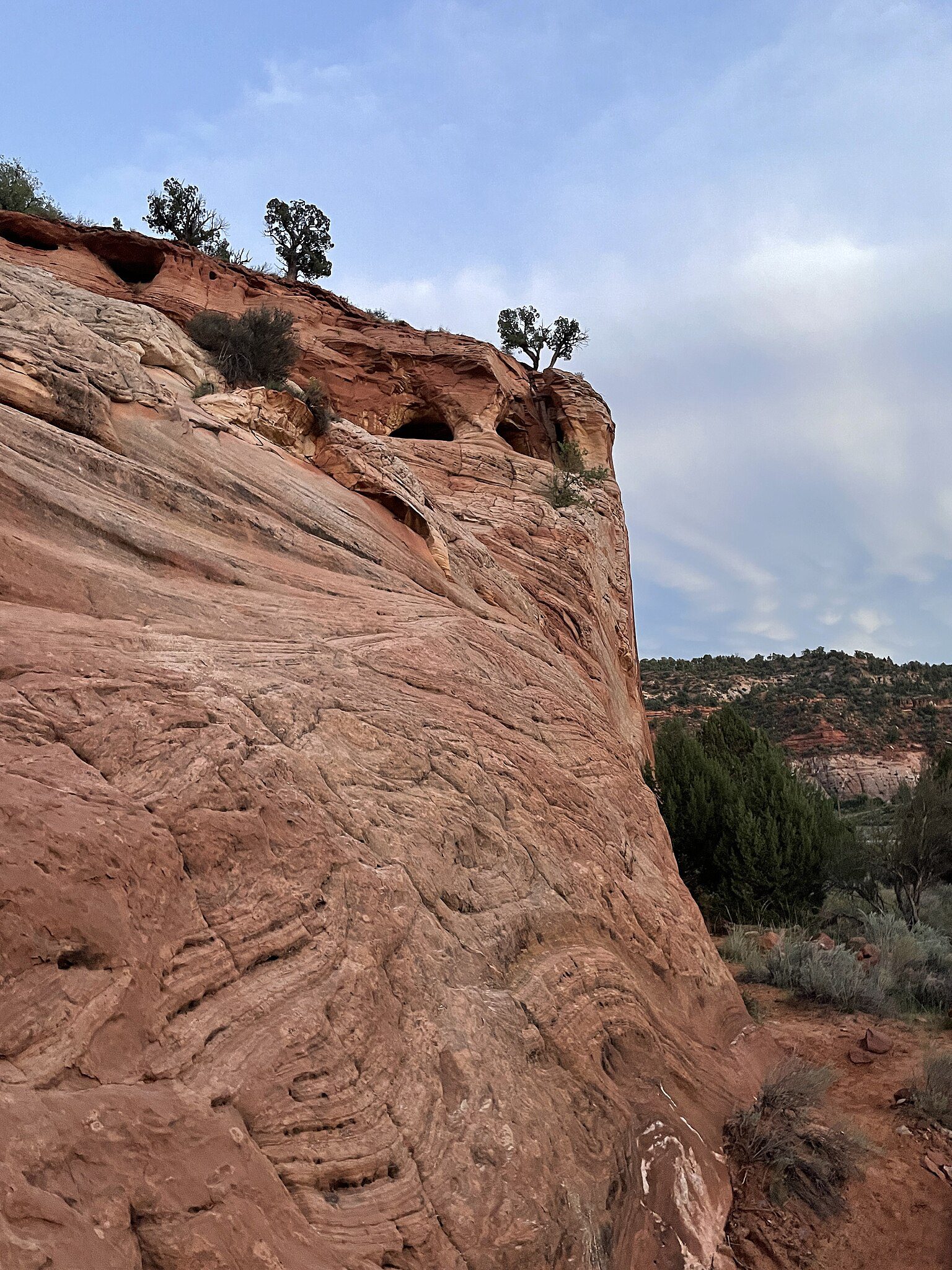- More than 90% of Utah remains in drought, with the northern regions experiencing worsening conditions.
- Reservoirs are still above average but dropping faster due to heat.
- Great Salt Lake rose slightly this spring but remains critically low.
- Farmers in 17 counties can apply for emergency drought relief loans.
Tuesday, July 8, 2025 — As July begins, Utah water officials are urging residents to conserve water amid soaring summer temperatures and expanding drought. According to the Utah Division of Water Resources , 91% of the state is currently experiencing conditions ranging from moderate drought to severe drought. While some southern counties benefited from recent storms, drought has worsened in the northern part of the state.
, 91% of the state is currently experiencing conditions ranging from moderate drought to severe drought. While some southern counties benefited from recent storms, drought has worsened in the northern part of the state.
“Temperatures have soared, and with that comes a natural increase in outdoor watering,” said Candice Hasenyager , director of the Utah Division of Water Resources. She encouraged residents to utilize smart planning and available technologies to maintain their landscapes while reducing water usage.
, director of the Utah Division of Water Resources. She encouraged residents to utilize smart planning and available technologies to maintain their landscapes while reducing water usage.
Spring Warmth Shortens Runoff Season.
Utah’s quick runoff season was caused by higher-than-average spring temperatures and a snowpack that was normal to below normal in many regions. From March through May, average temperatures across the state were 2.36 degrees Fahrenheit above the 30-year average.
This accelerated melt has begun to impact water storage. Statewide reservoir levels are beginning to decline, although they remain 8% above average thanks to strong water accumulation in previous years. Still, the early onset of summer heat means outflows from reservoirs are now exceeding inflows.
“Across all sectors, we need to look for ways to be efficient with our finite water supply,” Hasenyager noted.
Great Salt Lake Shows Modest Gain.
The Great Salt Lake has risen about 1.5 feet since its low point last November, peaking in April at an elevation of 4,193.6 feet, according to the U.S. Geological Survey. While the increase is modest, it reflects continued efforts to monitor and respond to Utah’s long-term water challenges.
Drought Relief Available for Farmers.
In response to worsening agricultural conditions, Governor Spencer J. Cox issued a state of emergency on April 24. The Utah Department of Agriculture and Food is now offering low-interest Emergency Disaster Relief Loans to farmers in 17 drought-affected counties. These include Beaver, Carbon, Emery, Garfield, Grand, Iron, Juab, Kane, Millard, Piute, San Juan, Sanpete, Sevier, Tooele, Uintah, Washington and Wayne.
Farmers in these counties can apply for loans of up to $100,000 per entity. The seven-year loans come with no interest for the first two years, followed by a 2.75% interest rate thereafter. A total of $2 million is available through the program, and applications are open until October 23.
Conservation Tools and Public Engagement.
Given that roughly 95% of Utah’s water supply originates from snowpack, water conservation remains a top priority. The Utah Department of Natural Resources is continuing its Agricultural Water Optimization Program and promoting public education through SlowtheFlow.org
and promoting public education through SlowtheFlow.org , which offers both indoor and outdoor water-saving tips.
, which offers both indoor and outdoor water-saving tips.
As Utah confronts another dry summer, these programs are part of a larger strategy to help residents and agricultural producers adapt to recurring drought and ensure long-term water resilience.


